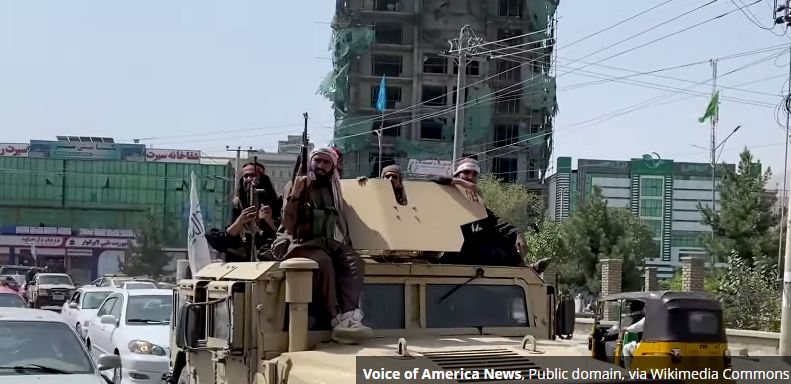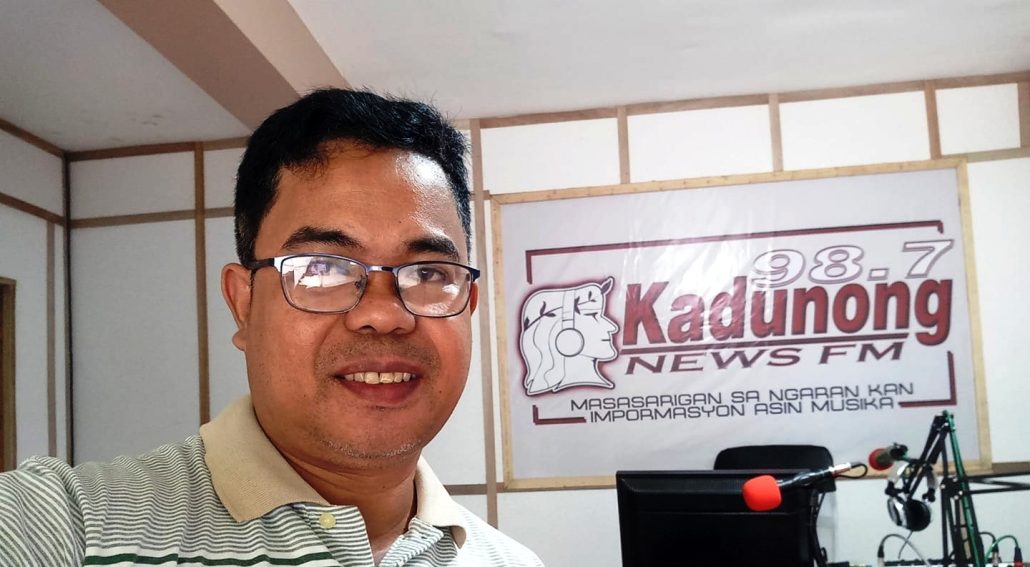
Solidarity Surges as Georgian Journalists Face Brutal Repression
December 20, 2024
From Commentary to Confinement: The Case of Özlem Gürses
December 21, 2024December 20, 2024 – Afghanistan –
Afghanistan has reached a historic nadir in press freedom as the Taliban has intensified its crackdown on independent media. According to Reporters Without Borders, at least twelve television and one radio station were forcibly shut down in 2024. Among these, Arezo TV in Kabul endured a raid by the General Intelligence Directorate, supported by the Ministry for the Propagation of Virtue and Prevention of Vice, resulting in the arrest of seven staffers, including the bureau chief, and the seizure of equipment. This campaign has focused on content deemed “transgressive” under Taliban doctrine—such as music, fiction, depictions of living beings, and commentary on politics—and has silenced critical and cultural expression across seven provinces.
Beyond closures, many journalists face direct repression. Arezo TV employees remain detained at Pul‑e‑Charkhi prison. Nationwide, the Afghanistan Journalists Center documented 181 media rights violations in 2024, with 50 journalists detained and threats escalating by 8 percent year over year. Reports indicate up to 22 media outlets were shuttered and fifty journalists imprisoned in a single year. Incidents of raids, detentions, beatings, and enforced disappearances have become routine under Taliban rule.
The United Nations Assistance Mission in Afghanistan reports that journalists have been detained arbitrarily more than 250 times since the Taliban’s return to power in 2021, many under murky or vaguely defined rules. Female journalists face heightened restrictions, including strict guidelines on attire and work separation. Afghanistan now ranks among the lowest countries in global press freedom indices, placing 175th out of 180 in RSF’s 2025 World Press Freedom Index.
Press freedom advocates, such as the Committee to Protect Journalists and RSF, are urging the Taliban to reverse broadcast bans, release detained media personnel, and restore a safer environment for independent reporting. Local journalists and exiled media outlets continue to highlight human rights violations and advocate for accountability, though their capacity remains severely limited inside the country.
In summary, Afghanistan has witnessed an unprecedented assault on its media landscape since the Taliban’s takeover. A combination of media shutdowns, arbitrary arrests, beatings, and legal intimidation has effectively stifled independent journalism. This deterioration not only endangers journalists but deprives the public of essential information and erodes democratic discourse.
Reference –




